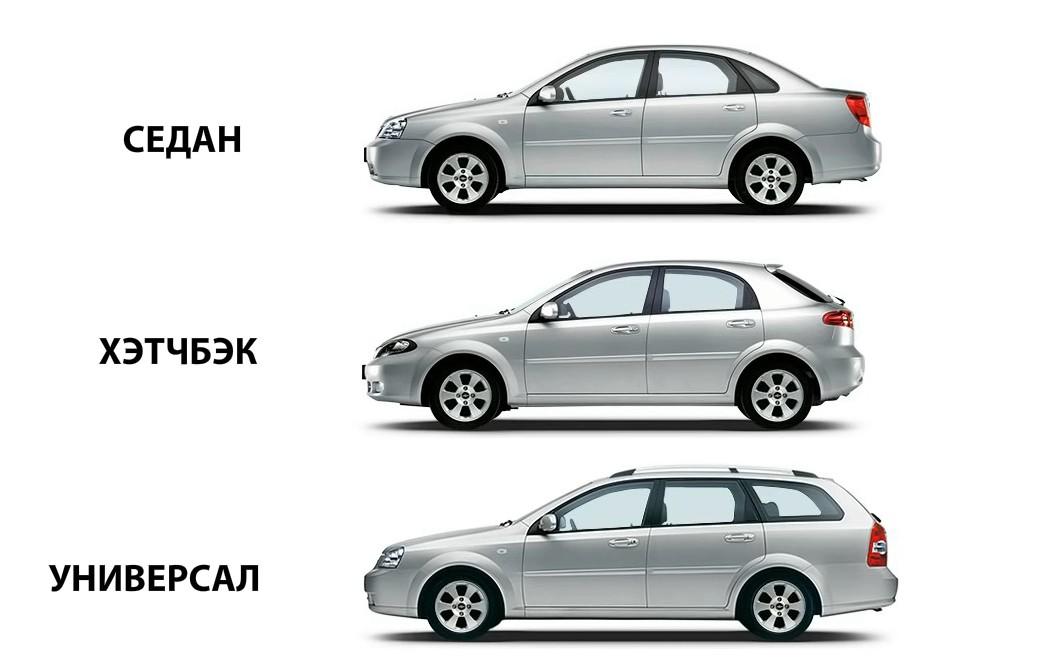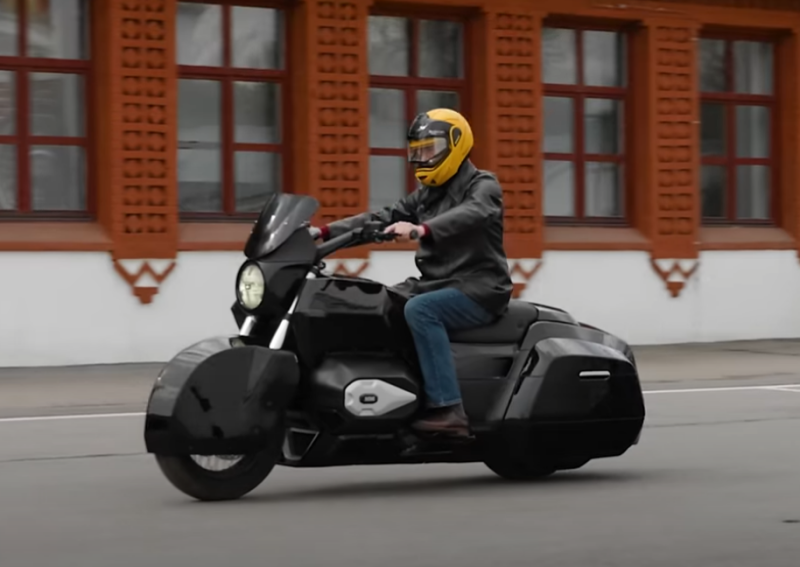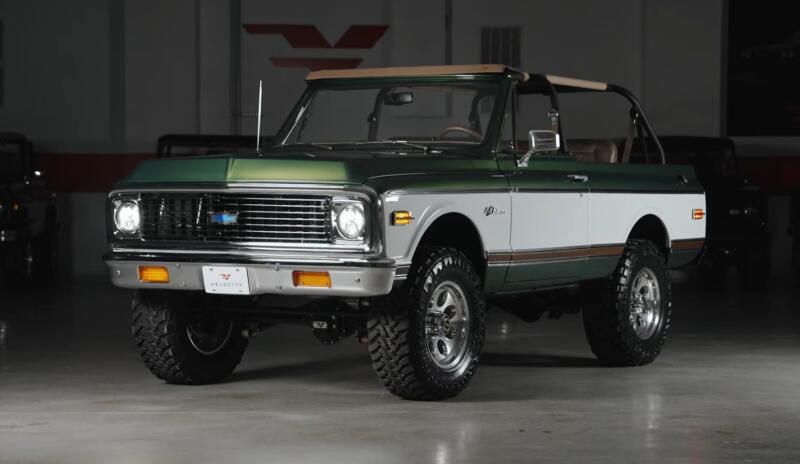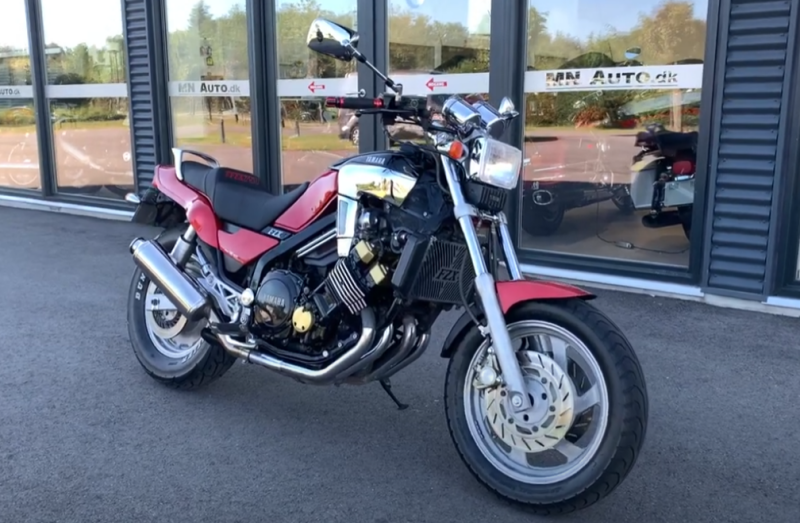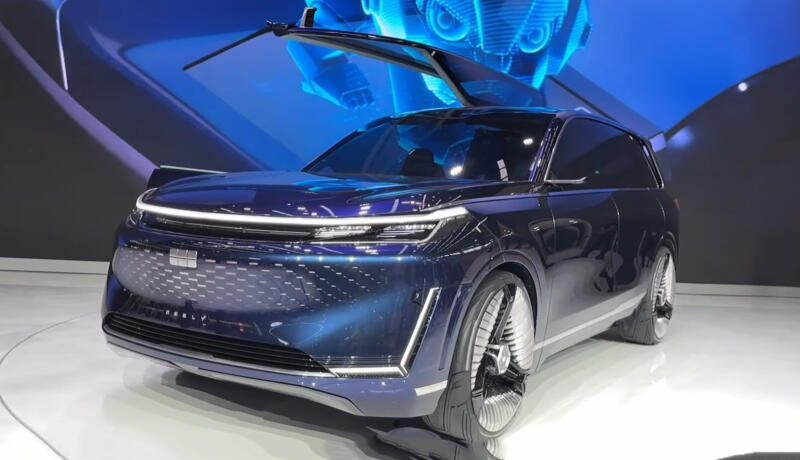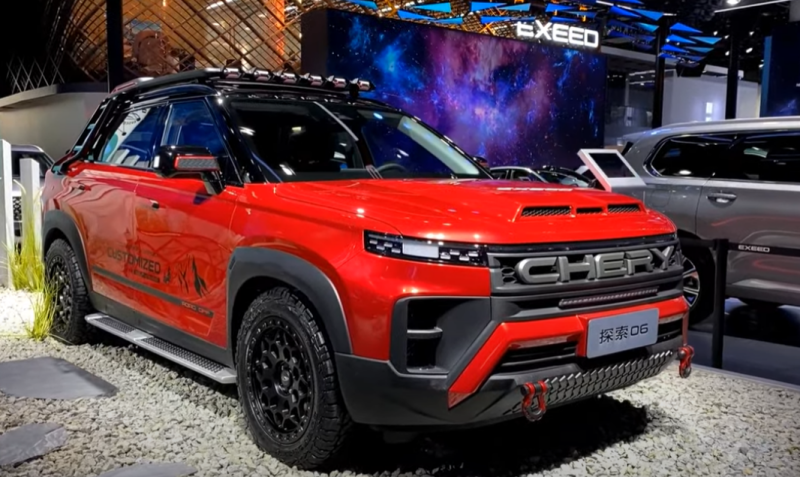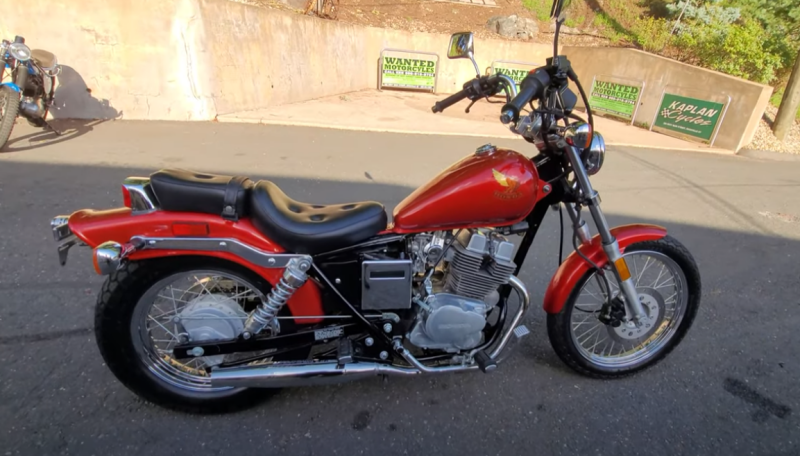Three-volume
First, consider the three categories into which types of car bodies are grouped. These are three-volume, two-volume and one-volume structures. Three-volume bodies are represented by three conditional parts - this is the engine compartment, interior and luggage compartment. There are partitions between them, due to which the body is more rigid, durable in comparison with other types.
Sedan
The brightest and until recently the most popular representative of the three-volume body category in Russia, in which the engine and luggage compartments stand out clearly when looking at the car. There are two rows of full-size seats, four side doors. In the event of an accident, the supporting structure of the engine compartment perfectly absorbs impact energy, which is also true for the trunk.
 The sedan is considered the most recognizable body type. Photo: youtube.com
The sedan is considered the most recognizable body type. Photo: youtube.comThanks to a clear separation of the luggage compartment and the passenger compartment, unpleasant odors do not enter the passenger compartment, so you can carry anything without discomfort. Of the advantages of the sedan, we note good sound insulation, high controllability due to the even distribution of the mass of the car along both axles. There are also disadvantages: a long body and a small trunk volume.
Coupe
Two-door body with shortened rear seats, which will have to work hard to access. Some cars in this category do not have a back row at all, and if they do, they are suitable for short trips. The separation of the engine and luggage compartments is similar to what we can see in a sedan, except that the trunk is even less spacious here.
 Visually, the coupe is similar to the sedan, but there is still a difference. Photo: youtube.com
Visually, the coupe is similar to the sedan, but there is still a difference. Photo: youtube.comThe advantages of the coupe include high body rigidity, low weight and the associated excellent dynamics and handling. Wide doors make getting into the cabin comfortable even for tall people. Motors and suspension on a coupe are usually much more powerful and better than those of sedans. On the other hand, such cars are produced in small series, and spare parts for them are very expensive.
Cabriolet
In simple words, a convertible is an open-top car. A large number of models have a lid with a folding or folding mechanism. Depending on the modification, it can be made of metal, plastic or tarpaulin. There are several types of convertibles:
✅ Roadster. Double without side windows, often without a roof.
✅ Lando. There is a folding roof over the rear row of seats.
✅ Brogam. Body with an open top over the front row.
✅ Phaeton. Four-door with two rows and a folding soft top.
Of the advantages, it is worth noting the excellent visibility from the cabin, the feeling of speed and freedom while driving, as well as excellent dynamics due to the often powerful engine and good aerodynamics. Cons: insufficient body rigidity, low demand in the secondary market, quick burnout of the interior in the sun. Roofless convertibles are only suitable for good weather.
 Convertibles are expensive, but worth the price. Photo: youtube.com
Convertibles are expensive, but worth the price. Photo: youtube.comPickup
Cargo-passenger version of the body, the design of which immediately behind the passenger compartment has an open platform with sides. The compartment for people in this case is called a cabin, it can have two or four doors, one or two rows of passenger seats - depending on the modification.
 Pickup trucks are especially popular in the USA. Photo: youtube.com
Pickup trucks are especially popular in the USA. Photo: youtube.comA pickup truck allows you to carry bulky cargo within the framework of traffic regulations, often has good cross-country ability due to the common base with SUVs, and is very maneuverable for its dimensions. Cons: poor aerodynamics, difficulty landing, simple equipment and finishes.
Two-volume
The two-volume body consists of only two parts - the engine compartment and the passenger compartment, which smoothly continues into the luggage compartment. This implies an advantage over a three-volume layout in the form of a larger capacity. The classic representative of the category: station wagon.
Hatchback
Body with a short rear overhang and a large tailgate, combined with the rear window. There are three-door and five-door hatchback modifications with both classic doors and elongated ones. For a more comfortable fit, you should consider the first option, and if you have car stability and high body rigidity in the first place, it is better to prefer the second.
 VW Polo as a bright representative of the hatchback class. Photo: youtube.com
VW Polo as a bright representative of the hatchback class. Photo: youtube.comThe advantages of a hatchback are numerous: compactness, good maneuverability, ease of loading luggage and its further unloading. The interior of most models is transformed, which allows you to increase the cargo capacity of the car by 2-3 times. The short overhang makes parking easier. On the negative side, the noise isolation is worse than in the sedan, and there are problems with protecting the cabin from odors.
Universal
Body with extended rear overhang and raised roofline at the rear. Access to the luggage compartment is through a glass lift door, just like a hatchback. The main advantage of the wagon is the high capacity and carrying capacity for a passenger car. On average, such a car can “take away” 100-200 kg more cargo than a standard sedan.
 Universal fully justifies its name. Photo: youtube.com
Universal fully justifies its name. Photo: youtube.comIt is interesting that formally the station wagon body is attributed to almost all crossovers and SUVs. Because of this, for example, in Russia, more than 52,3% of all cars sold in 2022 belong to this category. Even such shortcomings as not the most dynamic acceleration, long and costly interior heating, and high fuel consumption did not affect the high popularity.
Crossover
A broad term commonly used to refer to off-road vehicles. In technical terms, these are station wagons, much less often coupes, hatchbacks and sedans, which have higher ground clearance, larger wheels and shorter overhangs. Often these cars have all-wheel drive, but front-wheel drive crossovers are often found - this is not critical.
 A few striking examples of crossovers. Photo: youtube.com
A few striking examples of crossovers. Photo: youtube.comThe pluses, of course, include good cross-country ability: you can confidently drive through the curb and through the snowdrift, as well as conquer the primer without a deep rut. Compared to a station wagon, the new crossover looks more solid and brutal, and it differs from an SUV in compactness and maneuverability. Cons: high fuel consumption, expensive maintenance of all-wheel drive cars.
SUV
The concept is very vague and does not have a clear classification. Usually, an SUV means an all-wheel drive, enlarged station wagon that can overcome off-road conditions: mountainous, swampy, hilly terrain, deserts or washed-out roads with deep ruts. Large wheels, high ground clearance, all-wheel drive, and often a snorkel help with this.
 SUVs are noticeably larger than crossovers, and differ not only in this. Photo: youtube.com
SUVs are noticeably larger than crossovers, and differ not only in this. Photo: youtube.comIn addition to high cross-country ability, it is worth noting a large trunk and a roomy interior - there are models that can comfortably accommodate up to 8 passengers inside. These advantages come at the cost of high fuel consumption and expensive maintenance. Dynamics and speed when driving on asphalt are somewhat worse compared to conventional types of cars.
Van
A body in which the luggage compartment begins immediately after the front row of seats. It can be station wagon, hatchback or minivan depending on the car model. Windows where the second and third rows should be are usually closed with plugs or are completely absent.
 Van based on Lada Largus. Photo: youtube.com
Van based on Lada Largus. Photo: youtube.comThe van is great for urban transportation due to greater maneuverability and lower fuel consumption than full-size trucks. Among the shortcomings are problems with capacity for people (no more than 2-3 passengers) and a fairly modest package.
One-volume
As you might have guessed, in one-volume cars, most of the body is occupied by the interior. It continues smoothly at the rear into the luggage compartment, and at the front into the engine compartment. These machines can be used for both passenger and freight transport, including commercial.
Minivan
The same wagon, but equipped with a third row of passenger seats and a higher ceiling. Many models have a sliding side door for easy boarding, but this is optional. The average capacity of minivans is 7-8 people. The luggage compartment is easily transformed in case you need to transport bulky goods. As for the disadvantages, such cars are heavier and more expensive than station wagons, not very maneuverable and fast.
 Minivans and compact vans are often called family cars. Photo: youtube.com
Minivans and compact vans are often called family cars. Photo: youtube.comCompact MPV
Something between a hatchback and a minivan. It differs from the first such body with a rear overhang increased in length and a raised roof line in the rear of the structure, which translates into increased luggage compartment capacity and increased comfort in the back row. Very small compact vans are called microvans. Not without its drawbacks: a higher price compared to a hatchback with worse dynamics and driving economy.
Conclusion
Now it will not be difficult for you to choose the body option that best suits your driving style and tasks. Do not forget about other important parameters, be sure to find out about the cost of maintenance and spare parts, estimate the cost of fuel. All this will help you make the right choice.
